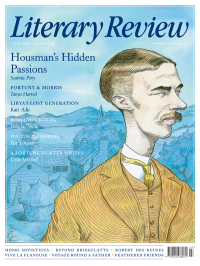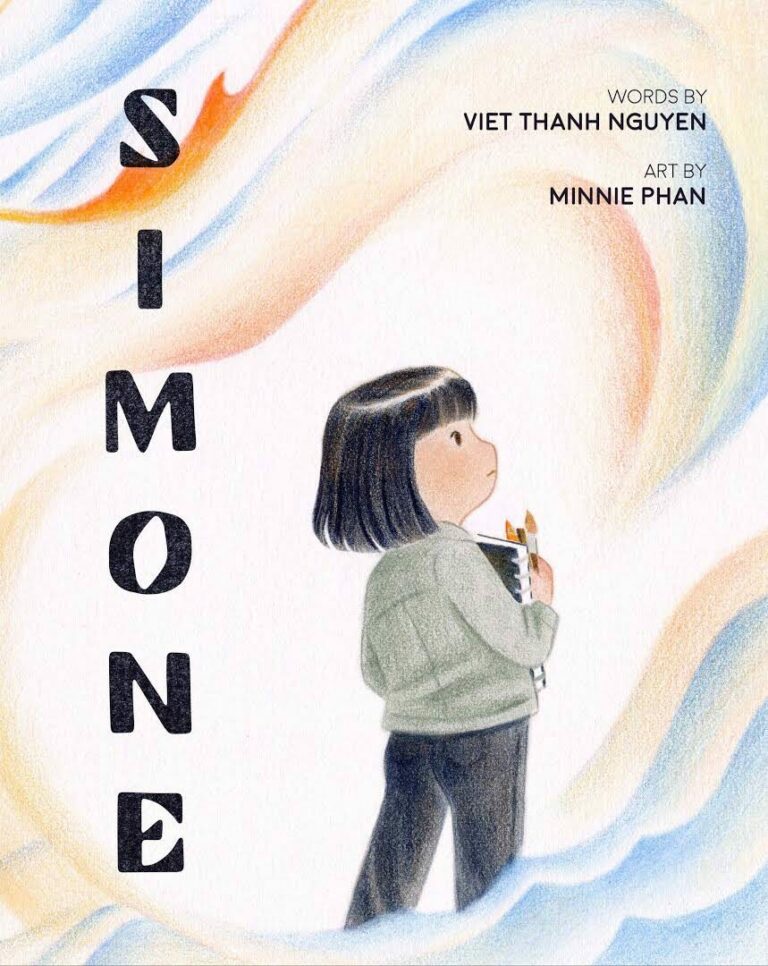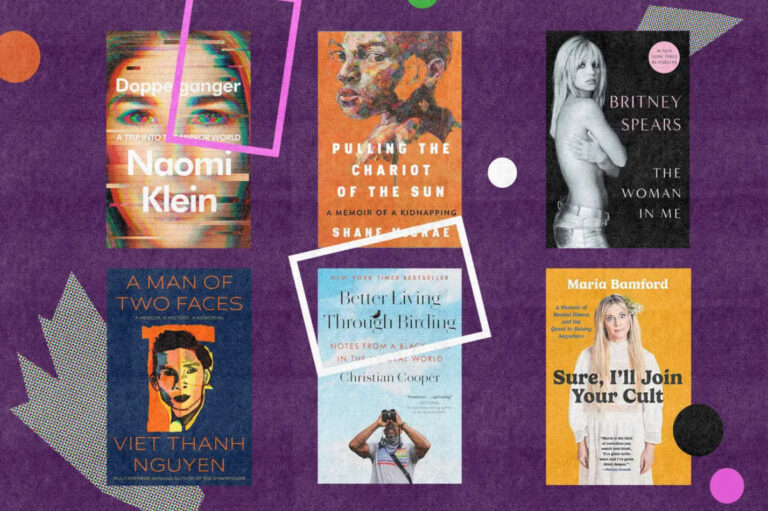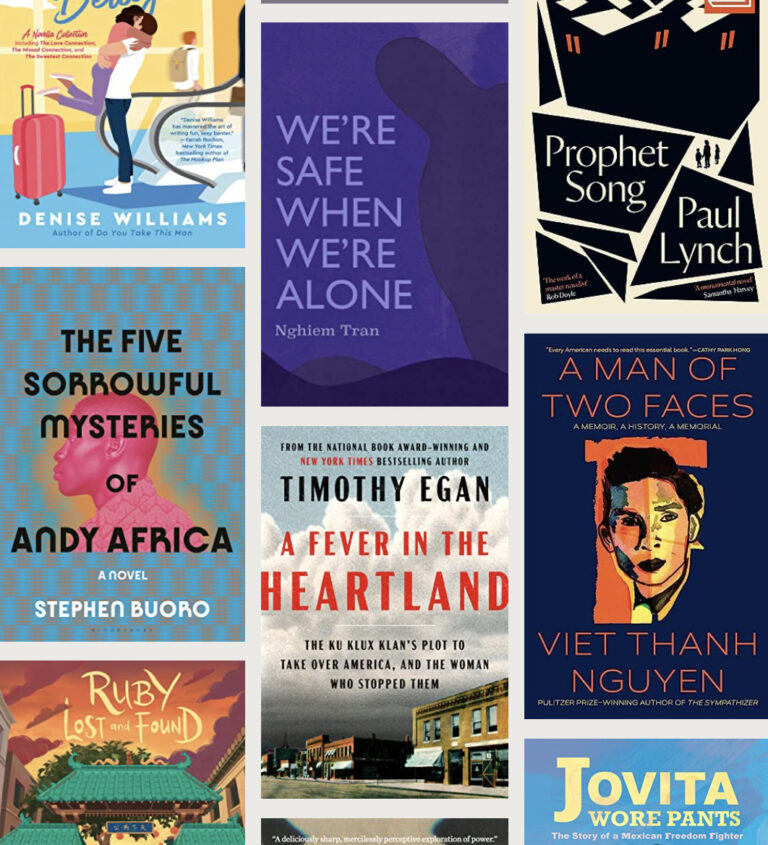Jonathan Mirsky reviews both Viet Thanh Nguyen’s Nothing Ever Dies: Vietnam and the Memory of War and Christopher Goscha’s The Penguin History of Modern Vietnam for the July 2016 issue of the Literary Review.
 In Nothing Ever Dies, his unusually thoughtful consideration of war, self- deception and forgiveness, Viet Thanh Nguyen penetrates deeply into memories of the Vietnamese war. Nguyen, who teaches English and American studies and ethnicity at the University of Southern California, was brought to the US as a small boy after the war by his parents, Vietnamese Catholics who feared persecution by the victorious communist movement. His fundamental point is that winners and losers of wars remember them differently; neither side cares to know about, much less to imagine, its adversary’s losses and continuing anguish. In short, there is an unwillingness to extend forgiveness to one’s enemy and a tendency to deny that one’s own side also behaved ruthlessly.
In Nothing Ever Dies, his unusually thoughtful consideration of war, self- deception and forgiveness, Viet Thanh Nguyen penetrates deeply into memories of the Vietnamese war. Nguyen, who teaches English and American studies and ethnicity at the University of Southern California, was brought to the US as a small boy after the war by his parents, Vietnamese Catholics who feared persecution by the victorious communist movement. His fundamental point is that winners and losers of wars remember them differently; neither side cares to know about, much less to imagine, its adversary’s losses and continuing anguish. In short, there is an unwillingness to extend forgiveness to one’s enemy and a tendency to deny that one’s own side also behaved ruthlessly.
In the case of the Vietnamese war (sometimes, as Nguyen observes, mistakenly called the ‘Vietnam War’, even though it also included Laos and Cambodia), the Americans were responsible for the suffering and deaths of vastly more innocent victims than the communist victors. There were also virtually invisible sufferers on each side. In Washington, DC, Nguyen points out, the glowing black marble of the Vietnam memorial bears the names of over 58,000 dead service personnel. Absent, however, are the names of the wounded, the permanently maimed and those who killed themselves after they returned home. Knowing those names might arouse troubling, even unendurable memories. In Vietnam, which he visited to recapture memories of his own past, Nguyen saw the unkempt cemeteries of the Vietnamese who died on the losing side. Their families, bitter and scorned, envy those Vietnamese now in the US, who, like Nguyen, return for a look before leaving again, rather like the American war veterans who visit Vietnam and are surprised to encounter no ill-will (Nguyen suggests this is because they are seen as ‘walking wallets’).
Nguyen acutely perceives three kinds of memory of the war. The first type arises from nationalism and jingoism. These forces lead people to emphasise their humanity and ignore their inhumanity, while doing the opposite for the enemy. Each side believes that its own suffering and humanity are unique, thus permitting ‘further vengeance enacted in the name of that victim’.
Then there is ‘liberal’ memory, in which war is dressed up in ‘humanitarian guises’, including rescuing the ‘good other’ while regretfully killing the ‘bad other’. There is also a third, ‘radical’ type of memory, which involves remembering one’s own bad acts and recognising the humanity of the other while somehow ignoring their bad acts. This was certainly the practice of the antiwar movement at the time of the conflict. We either denied that the North Vietnamese and the Vietcong acted brutally, or excused their acts on the grounds that the Americans had driven them to violence. For my own part, when I was in Vietnam in 1965 and 1967 I realised that the ‘good’ Vietnamese were often dangerous and frightening.
Nguyen has two views of the Americans. He is grateful to them for giving him a livelihood. But even Vietnamese who have managed to settle in the US are still often known as gooks, goo-goos, slopes, dinks, zipperheads and slanteyes, as well as chinks, Japs and sandniggers: ‘we cannot be distinguished between ourselves because we all look alike’. He reminds us that the US has for decades waged war all over the world, inflicting far more suffering than it endures and killing millions while losing only thousands. Propaganda is not something Americans like to think of themselves as dealing in: ‘No matter what form propaganda takes it always belongs to someone else.’ But Americans, he says, have their own propaganda, which he contends is not state-controlled. He is wrong on this: one only has to recall Washington’s insistence that the Vietnamese war was begun by Hanoi, when it was actually begun by French colonialists, to whom the Americans had attached themselves in the late 1950s.
There is much more to this important book, which hits hard at self-serving myths. There is only one other serious omission. Nguyen mentions the Hmong, an ethnic group originally from China, who inhabit mountainous districts of Vietnam and Laos. He appears not to know that the CIA paid the Hmong leader, Vang Pao, to grow opium, which was transformed into heroin at the agency’s base at Long Cheng and sold to fund its covert operations in Laos without Congressional oversight. This was confirmed to me on the record by Vang Pao’s CIA handler, Vint Lawrence, and is described at length in Alfred McCoy’s revealing book The Politics of Heroin.
In his new history of modern Vietnam, Christopher Goscha, an American who teaches at the University of Quebec, makes use of an enormous body of sources from beyond the recent past, beginning his book with a detailed and interesting explanation of the origins of the name ‘Vietnam’. He has written a great deal, often in French, on Vietnamese history. He covers, but does not say quite enough about, the 19th-century French conquest of Vietnam, Laos and Cambodia, which together became known as French Indochina. This formed part of the race of the imperialist powers to expand their control over south and southeast Asia. The French called their efforts a ‘civilizing mission’. Upper-class Vietnamese selected to serve in the colonial administration were usually educated in France; well into the 1970s, older Vietnamese spoke French and admired French culture.
The core of his substantial book is the period beginning in the early 1950s, when the French occupiers launched a war against the growing communist movement, stretching into the first cautious but decisive years of US involvement, and culminating in the American slaughter of over three million Indochinese in Vietnam, Cambodia and Laos. While Goscha shows how horrendous American bombings and napalm attacks were and how much damage defoliants caused to the region, he does not scant the malign effects of Ho Chi Minh and his successors on their own population. If you are new to such matters, this book is an articulate, informative read.
There are a few omissions. Goscha speaks gratefully of the works of the French historian Philippe Devillers, written in the early 1960s, but fails to mention the articles and books of Cornell’s George McTurnan Kahin, at the time one of the most respected specialists on the war. Nor, in his account of the American destruction of much of Laos, does Goscha refer to the work of Fred Branfman, an aid worker in Laos in the early 1970s, who was horrified by what he saw and wrote passionately about it. Goscha barely refers to the poseur John Paul Vann, a nearly mythical military and intelligence figure in Vietnam in the 1960s, who initiated the Phoenix assassination programme (also only briefly noted). In his notes Goscha tends merely to list rather than to evaluate, so it is not plain that Sophie Quinn-Judge’s biography of Ho Chi Minh is head and shoulders above all others. And while he mentions the growing effects of the antiwar movement, Goscha doesn’t make clear that it was fuelled by American and French media dispatches and analysis: the New York Times, Washington Post, Boston Globe, Le Monde and such magazines as New Republic and The Nation provided eyewitness accounts, as did on-the-spot television reporters, before the academics got their typewriters clicking.
Both these books, each in its own way, cover most of the events and great questions of the Vietnamese tragedy.
Nothing Ever Dies: Vietnam and the Memory of War
By Viet Thanh Nguyen
Harvard University Press 374pp
The Penguin History of Modern Vietnam
By Christopher Goscha
Allen Lane 633pp


